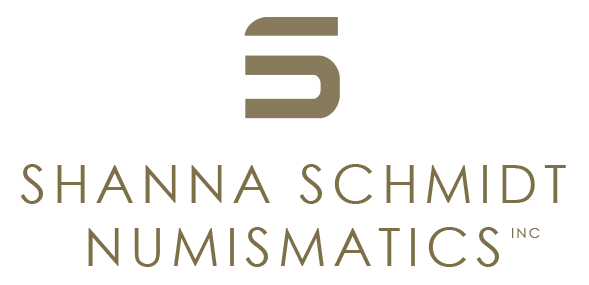ITALY, Ferrara (Duchy). Ercole l d'Este, 1471-1505. Third emission, struck 1493
ITALY, Ferrara (Duchy). Ercole l d'Este, 1471-1505. Third emission, struck 1493
AR Idra - Doppio grossone, 7.64g (27mm, 6h).
Bare head right / Seven-headed Hydra
Pedigree: From the J. Eric Engstrom Collection, purchased from Carl Subak, February 1985.
References: Belessia 14/C; MIR 255
Grade: Richly toned. Good VF. Rare. (wc1268)
Scroll down for more information about this coin.
With a fascinating multileveled symbology this silver Idra was, even in the renaissance, very nuanced and projected a powerful message. Today this coin, struck by the Duke Ercole I. d'Este (1471-1505) of Ferrara in 1493, is known as one of the most interesting numismatic pieces of the Italian renaissance. While the obverse shows an expressive, yet relatively standard portrait in a fine contemporary style, the reverse hosts a fearsome depiction of the seven-headed hydra of Greek myth.
In a fascinating 2017 essay entitled A Roman Monster in the Humanist Imagination, Margaret Meserve enumerates the many connections between the Duke, Hercules, and the Hydra. In fact, the author also goes on to describe how, in a similar manner to Roman emperors like Commodus, the Duke actually “invoked [Hercules] as an alter ego” repeatedly (p.136). At the base level, the connection between the Duke and the Hydra was based solely on his name, as the monster was killed by Hercules. Furthermore, he struck this particular coin to commemorate the draining of the swamps as attested to by his courtiers Pellegrino Prisciani and Giovanni Sabadino degli Arienti (p.137).
It is also a distinct possibility, yet one which is less accepted, that the Hydra represented Ferrara’s enemy Venice.

